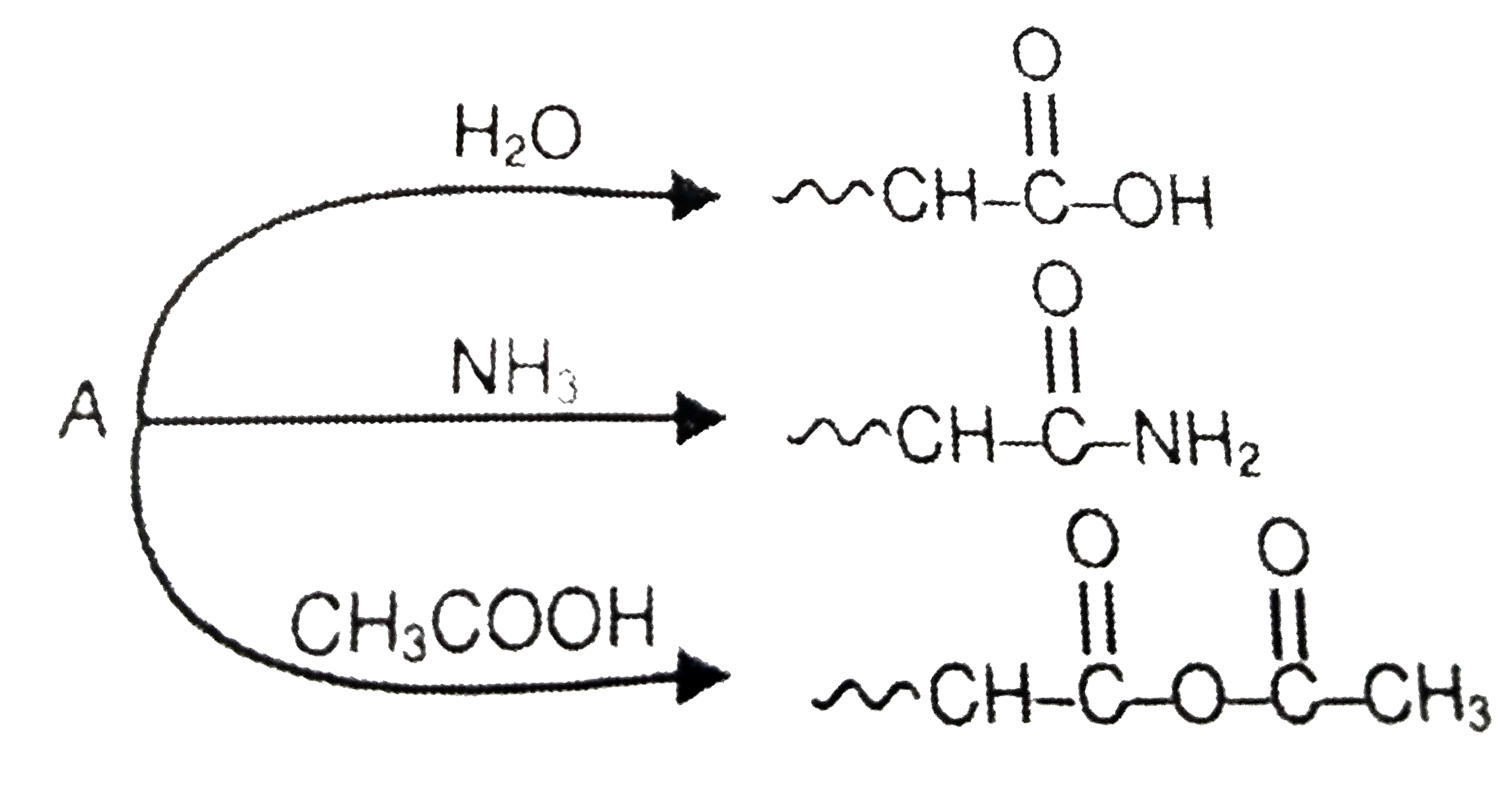A : When C2H5−O−CH3 is reacted with one mole of Hl then C2H5OH & CH3I is formed .
R : It is SN1 reaction
If both Assertion & Reason are true and the reason is the correct explanation of the assertion, then mark (1)
If both Assertion & Reason are true but the reason is not the correct explanation of the assertion, then mark (2)
If Assertion is true statement but Reason is false , then mark (3)
If both Assertion and Reason are false statements , then mark (4)
The correct Answer is:C
To solve the question step by step, let's analyze the assertion and reason provided:
Step 1: Analyze the Assertion
The assertion states that when C2H5OCH3 (ethyl methyl ether) is reacted with one mole of HI (hydroiodic acid), the products formed are C2H5OH (ethanol) and CH3I (methyl iodide).
1. Reaction Mechanism:
- The ether C2H5OCH3 reacts with HI. The oxygen in the ether has lone pairs that can protonate by the hydrogen ion (H⁺) from HI.
- This leads to the formation of a protonated ether, which is more reactive.
2. Cleavage of Ether:
- The protonated ether will undergo cleavage, leading to the formation of C2H5OH and CH3I.
- The reaction can be summarized as:
C2H5OCH3+HI→C2H5OH+CH3I
Thus, the assertion is true.
Step 2: Analyze the Reason
The reason states that the reaction is an SN1 reaction.
1. Understanding SN1 Mechanism:
- An SN1 reaction involves the formation of a carbocation intermediate. It typically occurs with tertiary or some secondary substrates where the carbocation is stable.
- In this case, the ether does not form a stable carbocation; instead, it undergoes a bimolecular nucleophilic substitution.
2. Actual Mechanism:
- The reaction proceeds via an SN2 mechanism, where the nucleophile (I⁻) attacks the less hindered carbon atom directly, leading to the formation of products in a single step without forming a stable carbocation.
Thus, the reason is false.
Conclusion
- The assertion is true, and the reason is false. Therefore, the correct option is:
Assertion True, Reason False (Option 3).
The assertion states that when C2H5OCH3 (ethyl methyl ether) is reacted with one mole of HI (hydroiodic acid), the products formed are C2H5OH (ethanol) and CH3I (methyl iodide).
- The ether C2H5OCH3 reacts with HI. The oxygen in the ether has lone pairs that can protonate by the hydrogen ion (H⁺) from HI.
- This leads to the formation of a protonated ether, which is more reactive.
- The protonated ether will undergo cleavage, leading to the formation of C2H5OH and CH3I.
- The reaction can be summarized as:
C2H5OCH3+HI→C2H5OH+CH3I
The reason states that the reaction is an SN1 reaction.
- An SN1 reaction involves the formation of a carbocation intermediate. It typically occurs with tertiary or some secondary substrates where the carbocation is stable.
- In this case, the ether does not form a stable carbocation; instead, it undergoes a bimolecular nucleophilic substitution.
- The reaction proceeds via an SN2 mechanism, where the nucleophile (I⁻) attacks the less hindered carbon atom directly, leading to the formation of products in a single step without forming a stable carbocation.
- The assertion is true, and the reason is false. Therefore, the correct option is:
Assertion True, Reason False (Option 3).
Topper's Solved these Questions
- ALCOHOLS, PHENOLS AND ETHERSBOOK - AAKASH INSTITUTE ENGLISHCHAPTER - ALCOHOLS, PHENOLS AND ETHERSEXERCISE - Assignment Section - C (Questions asked Prior to medical Ent. Exams. 2005)
13 Videos
- ALCOHOLS, PHENOLS AND ETHERS BOOK - AAKASH INSTITUTE ENGLISHCHAPTER - ALCOHOLS, PHENOLS AND ETHERS EXERCISE - Try Yourself
5 Videos
Similar Questions
Assertion (A) : The order of the reaction,
CH3COOC2H5+H2O⇔CH3COOH+C2H5OH
is 2. Reason (R ): The molecularity of this reaction is 2.
View SolutionWhat is the product when C6H5CH2NH2 reacts with HNO3?
View SolutionWhat is the product when C6H5CH2NH2 reacts with HNO3?
View SolutionA : C2H5−+CH—C2H5 . is more stable than CH3−+CH−CH3
R : Positive inductive effect of C2H5 group is less than CH3—group.
View SolutionCH3OH,CH4,NaOH,C2H5OH
View SolutionCH3OH,CH4,NaOH,C2H5OH
View SolutionThe product of following reaction is-
C2H5O−+CH3CH2I→
View SolutionAssertion : The major product formed by heating C6H5CH2OC2H5 with HI are C6H5CH2IandC2H5OH.
Reason : Benzyl cation is more stale than ethyl cation.
View SolutionAssertion (A) : CH3OCH3andC2H5OH has comparable molecular weight but boiling point of C2H5OH is more than dimethyl ether.
Reason (R) : C2H5OH forms intermolecular. H-bonding while CH3OCH3 forms intramolecular H-bonding.
View SolutionAn organic compound A,C5H8O reacts with H2O,NH3 and CH3COOH as described below A is

View Solution
